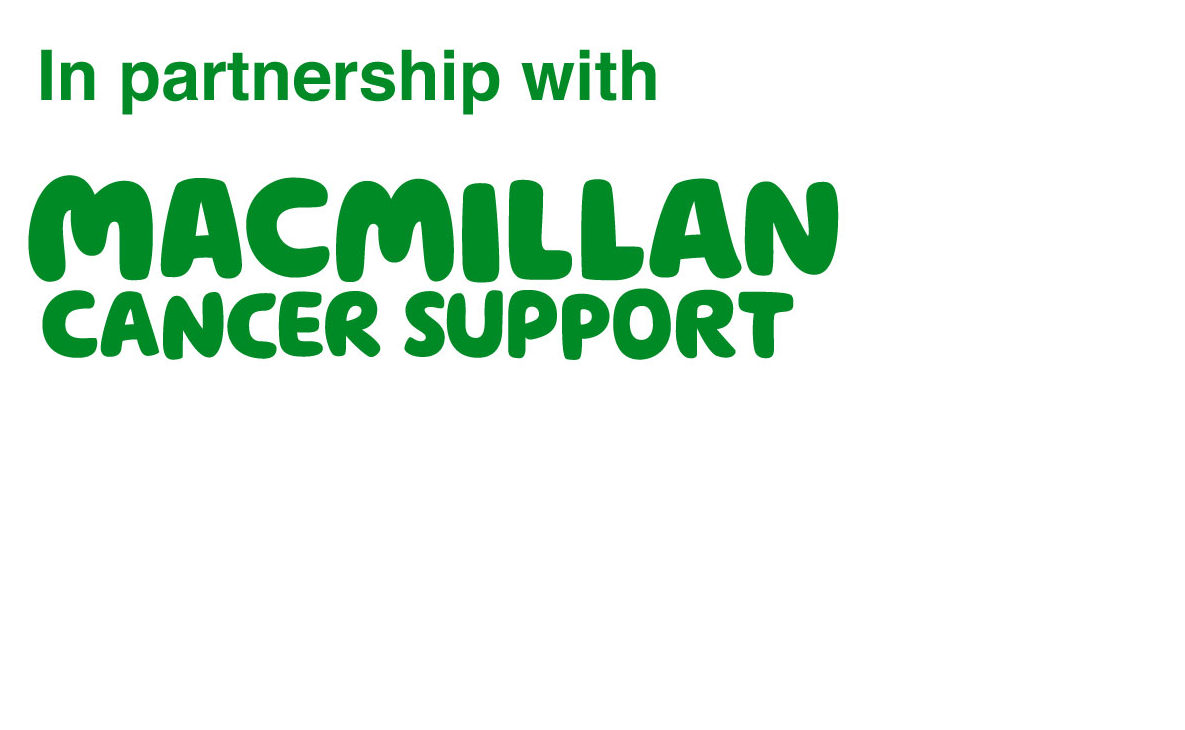Bleeding and bruising
Haemorrhage can be life threatening if massive blood loss or intracranial bleeding. It can happen as a consequence of injury, disease, or as a side effect of treatment.
Possible presentations: bruising, anaemia developing over weeks to months, external bleeding e.g. haemoptysis, haematuria etc. Intracranial bleeding risk is increased in the presence of sepsis or platelet count < 10 .
Possible causes of increased risk of bleeding in cancer patients : local infiltration of blood vessels by tumour, cancer treatments, thrombocytopenia (a reduction in the number of platelets – if the platelets are <50 then bleeding and bruising may occur with minor trauma), liver Mets, DIC, bone marrow infiltration, concomitant treatments such as anticoagulants or non-steroidal anti-inflammatory agents, comorbidities.
Questions
- Are they actively bleeding? Site of active bleed?
- Injury related or spontaneous?
- Onset & duration – when did it start and how long has it persisted?
- Have they had similar bleeding before?
- How much blood have they lost?
- Current medication/allergies
- Diagnosis/treatment: type of treatment? When was the last treatment?
- Relieving factors – does direct pressure or other measures stop bleeding?
Examination: Associated symptoms – light headed, pallor, clammy, thirst, rash (petechial? Purpural?)
Grade 1 (Amber)
Bleeding – self limiting. Controlled by conservative measures, occult blood in body secretions.
Bruising – petechiae or bruising in a localised or dependant area, with or without trauma
Advice
Review all bloods, if neutropenic manage as per protocol. Discuss any abnormal results with on-call haematologist-oncologist.
Do not discharge a patient w/o discussion with oncologist.
Grade 2 (Red)
Bleeding – blood loss of 1 – 2 units.
Bruising – moderate petecchiae purpura and/or generalised bruising, with or without trauma
Advice
If neutropenic manage as per protocol.
Discuss with on-call haematologist-oncologist.
Admission for support and monitoring.
Grade 3 (Red)
Bleeding – blood loss of 3 – 4 units.
Bruising – generalised petecchiae , purpura or bruising. New bruising without significant trauma
Advice
Manage as per ED resuscitation guidelines.
If neutropenic, manage as per protocol.
Consider critical care management.
Discuss with on-call haematologist-oncologist.
Admission for support and monitoring.
Attention should be given to disease or treatment specific factors:
- Thrombocytopenia
- Anticoagulants
- Disease status
Grade 4 (Red)
Bleeding – massive bleeding with blood loss of > 4 units.
Life threatening haemorage
Advice
Manage as per ED resuscitation guidelines.
If neutropenic, manage as per protocol.
Consider critical care management.
Discuss with on-call haematologist-oncologist.
Admission for support and monitoring.
Attention should be given to disease or treatment specific factors:
- Thrombocytopenia
- Anticoagulants
- Disease status
Handover management with patient’s team, discuss all interruptions of treatment with team +/- AOS prior to proceeding. Arrange follow up review as necessary.
Initial assessment – patient seen in AOCU
Identify all patients within 6/52 of chemo who are at risk of immunosuppression or have a history of bone marrow transplant – these pts. are often myelosupressed and are at risk of:
- neutropenic sepsis
- thrombocytopenia
If present, manage as per protocol
Obs: Temp, pulse, respiration, O2 sats, EWS, AVPU
Investigations: Urgent FBC, U&Es, consider G & S/X-match, coagulation screen.
Questions:
- What chemotherapy did the patient receive and when (different drugs can cause different degrees of thrombocytopenia and nadir can vary)
- Are they actively bleeding? Site of active bleed?
- Injury related or spontaneous
- Onset & duration – when did it start and how long has it persisted?
- Have they had similar bleeding before?
- How much blood have they lost?
- Current medication/allergies
- Diagnosis/treatment: type of treatment? When was the last treatment?
- Relieving factors – does direct pressure or other measures stop bleeding?
Examination – Associated symptoms: light headed, pallor, clammy, thirst, rash (petechial? Purpural?)
Treatments
- Support and monitoring
- Consider blood transfusion
- Consider ICU
Interrupt any systemic anticancer treatment or radiotherapy until discussed with the Acute Oncology Team. Ensure that the Acute Oncology Team / Cancer Specific Team are informed of the patients admission/assessment ASAP.
